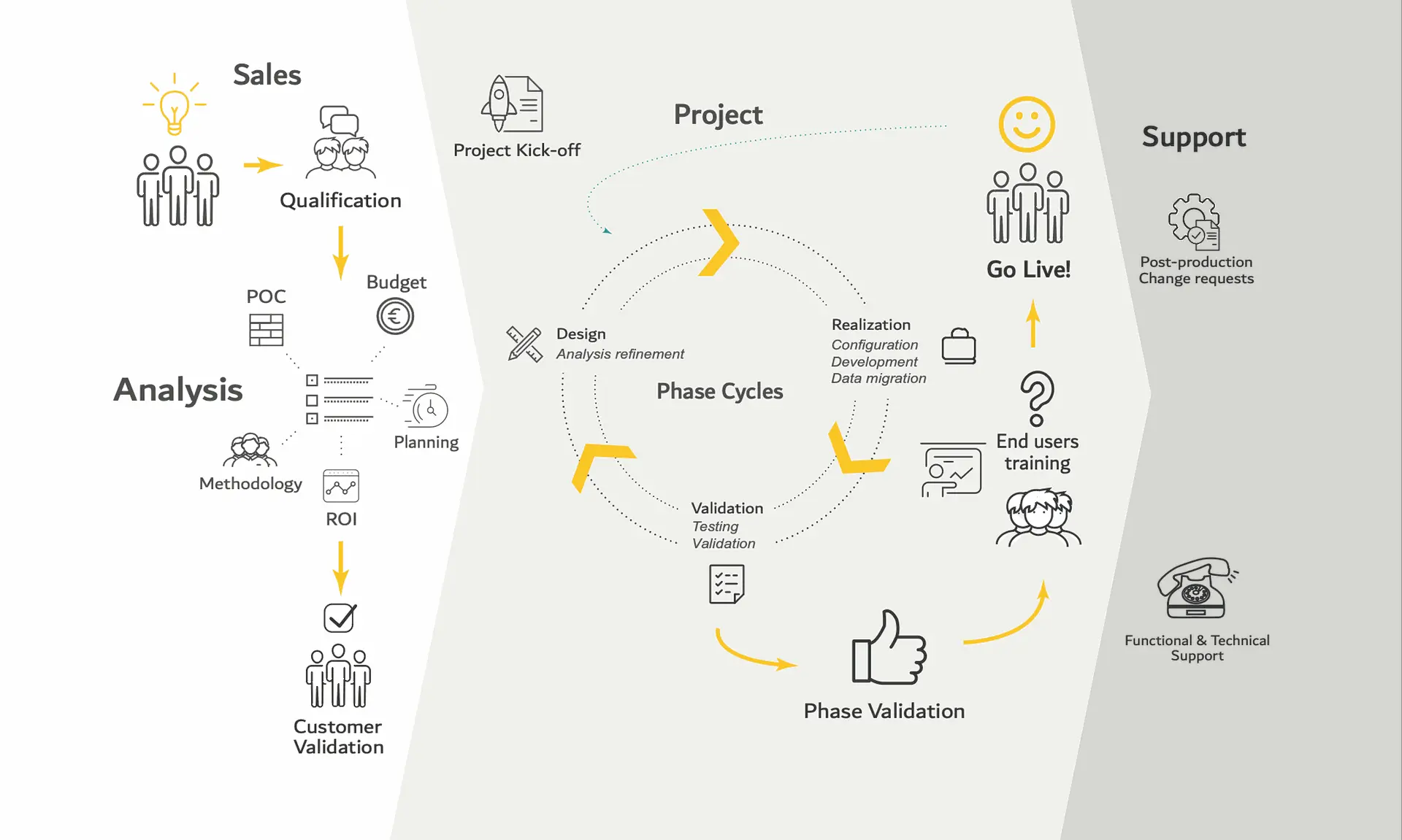🎯 The Hidden Truth Behind ERP Pricing: Why odoo isn't as Cheap as it Looks!
When small and mid-sized businesses explore ERP systems, Odoo often stands out with its modular design, attractive user interface, and most notably — its low user license pricing. But beneath this appealing surface lies a truth that many companies discover too late: Odoo starts empty, and getting it to work the way your business needs comes with significant time, effort, and cost.
Let’s break this down honestly.
🧊 Odoo Starts Empty — And That’s by Design
Odoo is like a blank canvas. It’s incredibly flexible and can be tailored to nearly any industry — retail, construction, logistics, professional services, and more. But unlike ready-to-go tools like Trello or Monday.com, Odoo doesn’t come with predefined flows.

👉 That flexibility is a strength — but it also means you’re starting from zero.
🛠️ Implementation Isn’t Optional — It’s the Main Event
Here’s where many SMEs get blindsided. They sign up for Odoo thinking it’ll work “out of the box.” After all, the demo was seamless, and the monthly license cost seemed affordable.
But that demo? It was a fully customized instance, built by experts.
In reality, making Odoo reflect your workflows requires:
- Business analysis
- Module configuration
- Data migration
- User training
- Integration with existing systems
- Testing and go-live support

This is where either Odoo’s Success Packs or certified partners come in — and that’s where costs start adding up.
⚠️ Many Self-Implement — Some Succeed, Many Don’t
Sure, some companies manage to self-implement using community forums and documentation. But unless someone on your team has ERP consulting experience, you’re likely to struggle with:
- Improper configurations
- Poor master data structure
- Missing security layers
- Inconsistent user adoption
The result? Delays, frustration, and sometimes a total restart — this time with external help.
📊 Odoo vs. “Simpler” Tools: The Trade-Off
Let’s be honest. Many small businesses don’t need a full ERP — at least not at the beginning. That’s why they lean toward tools like:
- 📌 Trello (task tracking)
- 📥 ClickUp (project management)
- 📊 Google Sheets (data)
- 📧 Zoho or Mailchimp (CRM/marketing)
These tools are quick to set up and easy to use. But they’re also siloed. Data doesn’t sync across systems, and as you grow, managing multiple apps becomes inefficient and error-prone.
ERP systems like Odoo solve this — but only if you’re ready to invest in setting it up properly.
📉 Where Odoo (and Most ERPs) Fall Short: Transparency
One major issue with ERP adoption is a lack of upfront cost transparency. Odoo’s website shows license prices, but not the true cost of implementation, which varies widely by:
- Number of users
- Complexity of business flows
- Number of modules
- Data migration effort
- Required integrations
✅ What We Recommend at Alientics
We believe transparency builds trust. That’s why, when you contact us about an ERP solution, we start with:
- 🧩 A free discovery call
- 🗺️ A simple roadmap of your business needs
- 💰 A ballpark estimate for setup and support
Whether you go with us or not — you’ll walk away knowing the real cost and effort required to succeed with Odoo.
🔚 Final Thoughts: It’s All About Expectations
Odoo is powerful, scalable, and cost-effective in the long run. But in the short term, it’s a project. Treat it like one. Don’t fall for the demo dream without seeing the work behind it.
ERP is not software. It’s a strategy.